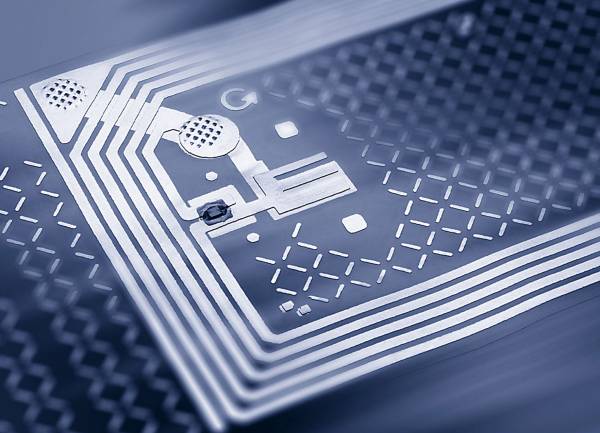RFID technology is based on microprocessor to generate unique data and with short-wave radio signal, it transits the relevant information to reading device. RFID is generally targeted for industrial consumers, especially in industrial sectors and supply chain. It is no longer an obscure technology and has a wide range of potentials.
As an example, RFID can be used to tag pets for scheduled vaccination, spaying and neutering. In this case, the RFID chip is able to store basic information, such as animal’s species, breed, birth date, gender and other relevant data. Implants are designed for multiple functions; such as ascertaining immunization data.
If a pet is found by a stranger, the original owner can be identified more quickly. However, the more common usage of RFID technology is for tracking inventory flow and service quality. RFID is usable for security purposes, as an example guards can check employees and visitors based on their RFID-based ID card, so each time someone enters a location; their movement can be tracked by the central computer.
The person could simply bring the ID card near the electronic reader and access to specific areas will be granted. Also, people with insufficient clearance will not be allowed to enter specific rooms. The use of RFID can be extended further, as an example, when an unauthorized entry has been detected, the CCTV camera can swing automatically to the door to find out what the person is doing in the room.
RFID has different standards, but it is common to find RFID technology with a range of 5 meters or more. The signal can be instantly transmitted when the RFID is brought closer to specific items. In this case, RFID is clearly a practical technology. Employees often have their hands full when moving through different areas.
They could bring laptops, briefcase, product sample, replacement components and others. With RFID, they are able to access any area easily without obstruction. This will give a quick idea on the possibility of using RFID for impaired individuals. They may be unable to move around freely; because they could use crutches or wheelchair.
Because of its digital-based technology, RFID can be integrated with the main computer system in the company. They are simply small storage that is connected with the central computer using wireless communication. There’s no need for wiring cables to these areas. There is a variety of software that can support RFID technology; but they usually are based on the same standard.
Every worker can be connected with the organization-wide network. They will be able to locate fellow employees inside a vast manufacturing plant; making it easy for them to communicate directly.
RFID can be implemented off-site, although with limited capability. In this case, a handheld reader can be used to scan RFID tags of recently offloaded containers in the port facility. The data can be synced later in the main office or transmitted directly through GSM data technology.

